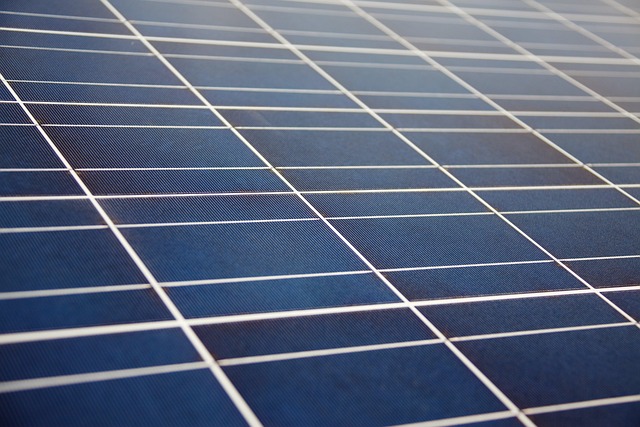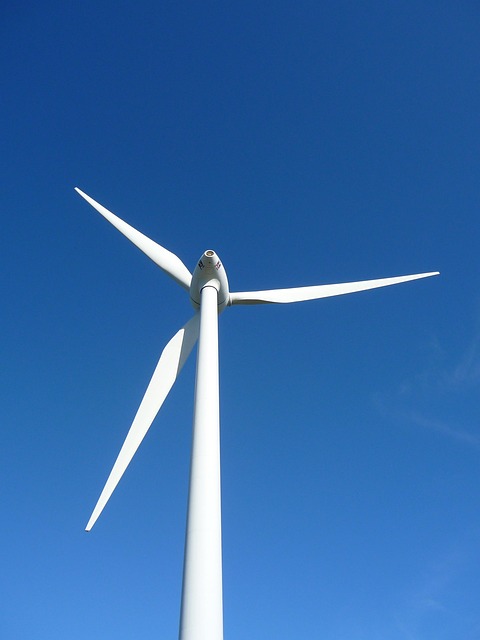
The Future Is Bright: Innovating Clean Energy Solutions
The 21st century has emerged as a pivotal era for addressing the growing concern of climate change, pollution, and the diminishing reserves of fossil fuels. As the world becomes increasingly aware of the environmental challenges that confront us, the need for innovative clean energy solutions has never been more urgent. The phrase “The Future Is Bright” encapsulates both the optimism and potential that lie in the transformative energy landscape we are witnessing today. In this article, we delve into various innovative clean energy solutions, their impacts, and the future trajectory of sustainable energy practices.
Understanding Clean Energy
Clean energy refers to energy that is produced from renewable, zero-emission sources that do not endanger the environment while generating energy. This includes solar power, wind power, hydroelectric energy, geothermal energy, and bioenergy. Unlike traditional fossil fuels, clean energy sources contribute minimally to greenhouse gas emissions, allowing for a substantial reduction in air pollution and climate change mitigation.
Transitioning from fossil fuels to clean energy necessitates innovations in technology, infrastructure, policies, and societal mindsets. The future of energy is undoubtedly pivoting towards sustainable solutions, and various advancements reflect this promising trend.
Innovation in Solar Energy
Solar power has emerged as one of the fastest-growing clean energy sources in the world. Innovative technologies have enhanced solar panel efficiency and affordability, making it a more accessible option for residential and commercial users alike. Advancements in thin-film solar cells, which are lighter and potentially cheaper than traditional silicon solar cells, offer exciting opportunities for broader adoption and integration into various surfaces.
Additionally, the development of solar energy storage solutions, such as advanced lithium-ion batteries, has made it feasible to harness and store solar energy for use during non-sunny periods. This capability is vital for overcoming the intermittency challenges associated with solar energy and ensures a stable energy supply irrespective of weather conditions.
The Rise of Wind Power
Wind energy is another clean energy powerhouse that has gained significant momentum in recent years. Technological advancements in turbine design, manufacturing, and energy capture mechanisms have spurred the efficiency and effectiveness of wind farms. Taller turbines with longer blades can now capture wind energy more effectively, significantly increasing energy generation capacity.
Moreover, offshore wind farms are becoming a game-changer, utilizing vast expanses of untapped wind resources over oceans. Innovations in floating wind turbines now allow for energy harvesting in deeper waters where winds are consistently stronger and more reliable. These advancements not only increase energy output but also minimize the visual impact on coastal communities.
Hydropower: Sustaining Energy from Water
Hydropower has long been a reliable source of clean energy. However, technological innovations are reshaping the industry to lessen environmental impacts while maximizing energy output. Run-of-river systems and small-scale hydropower plants offer alternatives to large dams, which can disrupt ecosystems.
Emerging technologies like hydropower turbines designed to operate in low-flow conditions are extending the viability of hydropower to regions previously thought unsuitable for energy harnessing. Furthermore, advancements in hydrokinetic energy capture allow for the generation of electricity from moving water in rivers and ocean currents, introducing new avenues for renewable energy generation.
Geothermal Energy: Tapping into the Earth’s Core
Geothermal energy, derived from the natural heat of the Earth, has been underutilized compared to other renewable resources. However, innovations in geothermal technology are beginning to shift this trend. Enhanced Geothermal Systems (EGS) are being developed to tap into previously inaccessible geothermal reservoirs, expanding the potential of geothermal energy on a global scale.
Modern drilling techniques, akin to those used in the oil and gas industries, are enabling deeper exploration, leading to more efficient geothermal energy extraction. Furthermore, the potential for geothermal heat pumps in residential and industrial settings showcases its versatility as a clean energy solution that offers both electricity generation and heating capabilities.
Innovative Bioenergy Solutions
Bioenergy is derived from organic materials and has the potential to provide a renewable source of energy. Innovations in biogas technology, which captures methane from organic waste and converts it into usable energy, illustrate how bioenergy can contribute to a circular economy while mitigating landfill emissions.
Advanced biofuels, created from non-food biomass and agricultural residues, provide cleaner alternatives to traditional fuel sources. These fuels can be integrated into existing engines and infrastructure, significantly reducing emissions without requiring comprehensive overhauls in transportation systems.
The Role of Energy Storage Technologies
As the reliance on intermittent energy sources like solar and wind increases, so does the importance of energy storage solutions. Batteries are crucial for storing energy generated during peak production times for use when demand exceeds supply. Innovative storage technologies, including solid-state batteries, flow batteries, and gravitational energy storage, are emerging to address the challenge of providing reliable, on-demand clean energy.
Beyond batteries, innovative technologies like pumped hydro storage and compressed air energy storage are also gaining traction. These methods allow for large-scale energy storage, enabling utilities to maintain grid stability and provide reliable energy supply even amidst fluctuating renewable energy generation.
Smart Grids: Enabling Efficient Energy Distribution
As we integrate more renewable energy sources, the existing energy infrastructure must adapt accordingly. Smart grid technology employs digital communications and automation to improve the efficiency, reliability, and sustainability of energy distribution. By enhancing grid resilience, smart grids facilitate the incorporation of diverse renewable energies while maintaining consumer access to reliable energy.
The implementation of smart meters empowers consumers to monitor their energy usage in real time, enabling more informed decisions regarding energy consumption and increasing energy efficiency. Furthermore, demand response systems allow utilities to reduce energy consumption during peak periods, ensuring a balanced load across the grid.
Policy and Economic Considerations
The transition to clean energy is not solely driven by technology but is also a function of supportive policies and economic frameworks. Governments worldwide are recognizing the imperative to mitigate climate change and are investing in clean energy research and development. Tax incentives, renewable energy portfolios, and international climate agreements bolster the growth of clean energy initiatives.
Economic considerations also play a pivotal role in how quickly clean energy solutions can gain traction. As technological advancements reduce production costs and improve efficiency, the competitiveness of renewable energy against traditional energy sources continues to grow. This trend confirms that transitioning to clean energy is not only an environmental obligation but also an economically viable strategy for sustainable growth.
The Future of Clean Energy Solutions
As we move forward, the future of clean energy solutions appears promising. The ongoing advancements across various clean energy sectors are making it feasible to envision a world powered predominantly by renewable sources. With continued investment in research, development, and deployment of innovative technologies, we can mitigate the effects of climate change while promoting economic growth and energy independence.
The collaboration between governments, industries, and communities is vital in driving the clean energy agenda. By embracing innovation and harnessing collective expertise, we have the opportunity to create a sustainable energy ecosystem that benefits not only our planet but also future generations. Indeed, the future is bright, and through innovative clean energy solutions, we can illuminate the path towards a more sustainable and equitable world.



